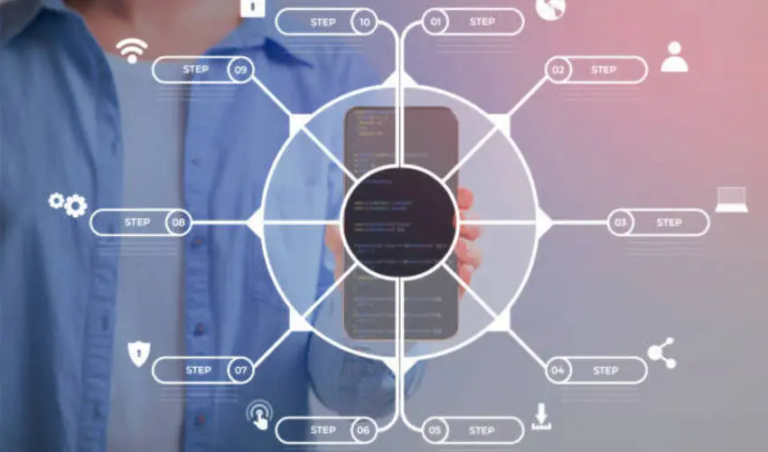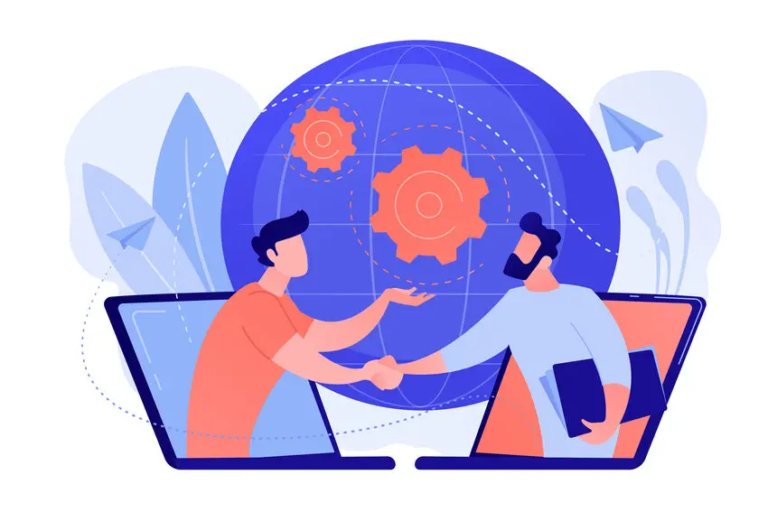The Internet of Things (IoT) has played a significant role in revolutionizing the world. It has evolved the way we interact. It has connected a throng of normal devices to the internet. This has allowed data exchange and flawless communication.
Introduction
IoT has continued to evolve, latest trends and progressions in software development are quickly reshaping its potential and future. As per the latest reports:
· The Annual growing compound rate (CAGR) of IoT is 16%.
· The IoT connections are expected to increase from 19.5 billion to 40.1 billion in 2030.
· The annual revenue will also increase by 14% between 2025 and 2030.
Keeping this scenario under consideration, we are presenting to you the latest trends in IoT software development.
The Rise In The Popularity of Edge Computing in IoT
This is one of the most significant trends in IoT software development. Previously, IoT devices were supported by cloud computing data storage and data processing. However, the important expansion of and demand for IoT products has developed a requirement for immediate processing. Therefore, edge computing has attained lots of prominence.
Edge computing is defined as the practice of data processing nearer to the source. This is done on the edge of the network. This method improves the overall efficiency, enhances the response time, and decreases the latency. Relying on edge computing allows IoT devices to rely on cloud infrastructure, make immediate decisions, and perform local analytics.
This allows immediate decision-making for jobs like collision evasion, navigation, and obstacle detection. Processing of data at the edge permits autonomous vehicles to react rapidly to their surroundings. This guarantees efficiency and safety on the road.
Integration of Artificial Intelligence (AI) in IoT Devices
AI technologies such as natural language processing and machine learning can convert IoT devices into intelligent systems. These systems are capable of advanced analytics and autonomous decision-making.
Incorporating AI capabilities into IoT devices allows you to unlock new opportunities. Some examples are individual user experience, anomaly detection, and predictive maintenance. AI-supported IoT devices can learn from user behavior. This helps them to adjust to evolving environments and operational optimization based on immediate data.
Blockchain Technology for Improved IoT Security
Security is important in the IoT ecosystem. This is because there are tons and tons of data being transferred from one device to another. Blockchain technology provides a reliable solution for improved security in IoT systems.
Blockchain offers a tamper-proof and decentralized ledger that can incorporated to safely verify and record transactions between IoT devices. IoT systems can avoid the risk of single failure points, unauthorized access, and data tampering. It allows safe and reliable identity management, transparent data sharing, and peer-to-peer communication.
Revolutionizing IoT Apps via 5G Connectivity
The emergence of 5G connectivity has revolutionized IoT apps by providing reliable and quicker connectivity. 5 G networks offer importantly increased network capacity, lower latency, and increased data transfer speeds in comparison to past generations of mobile networks.
The 5 G connectivity allows IoT devices to transfer and attain data immediately. This allows almost instant response and allows apps that need low-latency connections and high bandwidth. It creates good opportunities for IoT in the field of smart infrastructure, remote healthcare, and autonomous vehicles.
IoT Impacting Smart Cities
IoT has a big impact on the development of smart cities. IoT connects different sensors and devices. It allows cities to collect immediate data, augment resource allocation, and enhance the life quality of the residents.
Smart city initiatives permit IoT technologies to enhance public security, observe environmental factors, and manage energy utilization. IoT allows smart cities to decrease traffic congestion, and energy utilization and offer efficient public transport. The incorporation of IoT into smart cities is a continuing trend that will shape urban development.
Conclusion
The technology is progressing day by day. This enables us to see more exciting developments in IoT software development. This shows that IoT has the capability of transforming industries and enhancing our daily lives. It has become an integral part of the digital ecosystems.
Frequently Asked Questions (FAQs)
What is the internet of things (IoT)?
It is a collective network of connected technology and devices that support communication between the cloud and the devices and the devices themselves.
What are some examples of IoT?
· Home security systems
· Self-driving cars
· Fitness tracking watches
· Kitchen Appliances
· Smart thermostat
What are the 4 types of IoT?
· Consumer IoT
· Commercial IoT
· Industrial IoT
· Infrastructural IoT
What are the 4 IoT components?
· User interface
· Data Processing
· Connectivity
· Devices and sensors
Diginatives provides world-class IoT software development services. If you want flawless functioning of your organization; please contact us.






